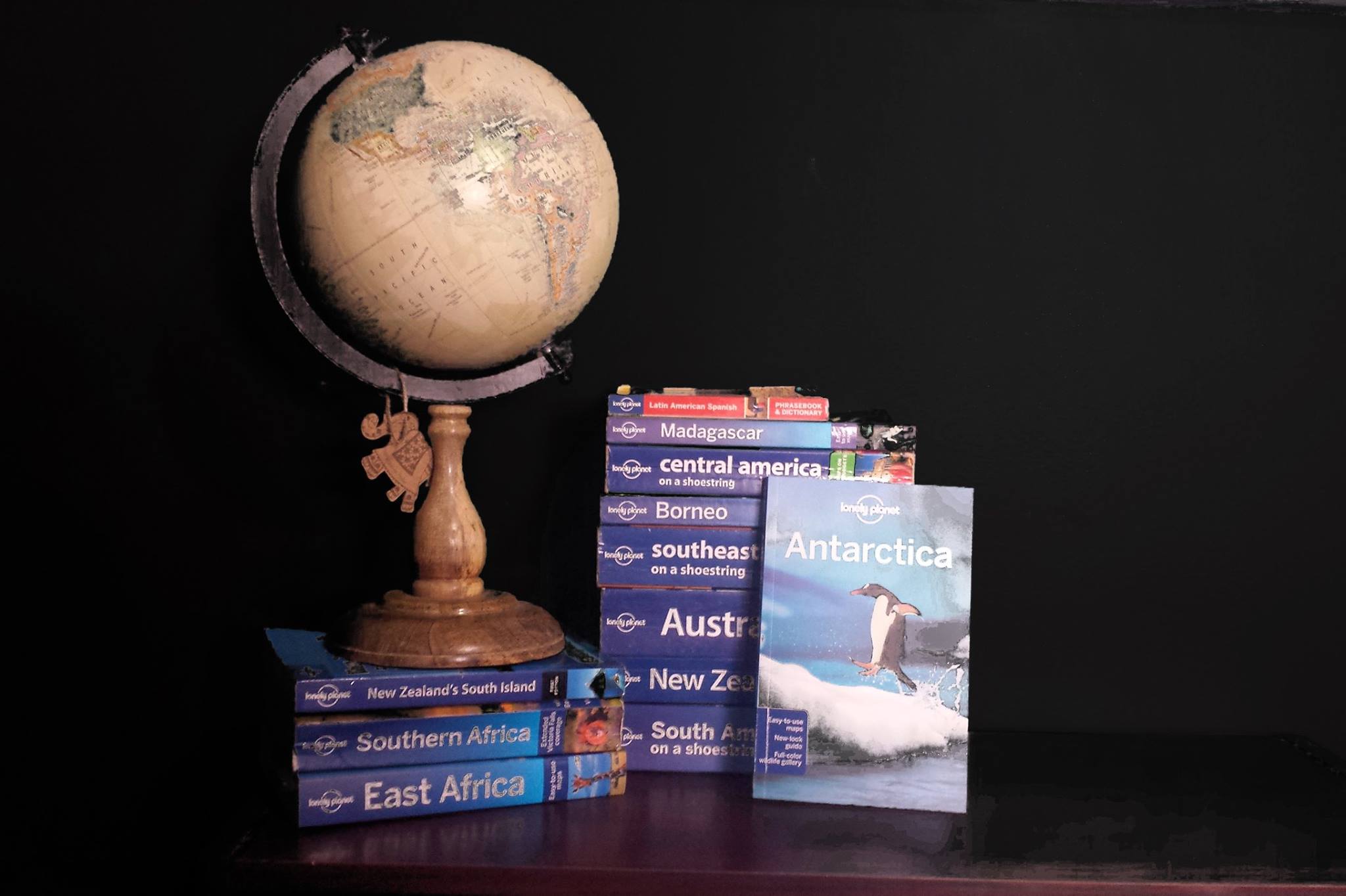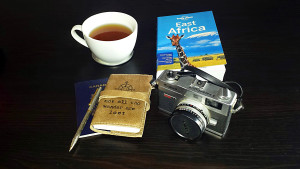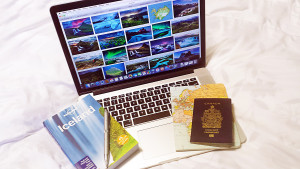I’ve wandered my way to more than 40 countries across 6 continents and have done it all solo. Of course I meet people along the way, but it’s always temporary. One thing that is permanent is the Lonely Planet guidebook in my bag, wherever I might be in the world.
Some people feel guidebooks only offer suggestions on the typical tourist trails – to have genuine experience you must get “off the beaten path.” But traveling with a guidebook is the smartest decision I can make as a solo female traveler who doesn’t want to book and plan every detail in advance. It’s also just a guide – you don’t need to follow every detail in it. It’s a perfect foundation for helping me seek out those authentic experiences.
Here are 5 practical reasons why I travel with a guidebook.
1. It’s small and convenient.
Size and convenience matter when traveling abroad. I carry my life on my back for six months at a time and having a small book with the most important information available at a literal turn of the page is important. It’s easy to flip between multiple pages when planning my journey and this makes flagging sections for quick review simple.
2. No batteries or charging required.
Much easier than searching multiple pages on an eReader or iPad, a book doesn’t require a battery to work. No plugging in and charging, no screen faded out by sunlight and no worries if you get sand or water on it. But most importantly, the guidebook is inexpensive to carry with you and can be easily replaced if lost or your bag is stolen.
3. It offers knowledge while keeping you safe.
Not only does the guidebook contain information on places to see, stay and eat; it also contains information about the country. It addresses the customs, culture and politics of an area. It can give a general overview of what to expect and how to act appropriately in a new destination. Everything is strange and different and knowing what neighborhoods and tourist traps to avoid make all the difference in regards to safety as a solo female traveler.
4. It allows you to be discreet with your tech gadgets.
Holding up a guidebook for all to see certainly announces the fact that you are a tourist. What is doesn’t announce is that you’re carrying $4000 worth of technology on your person the way a laptop, a smartphone or a DSLR camera do. It is much easier to comfortably read a guidebook on a public bus down a bumpy road than it is to open up a $2000 Macbook for all on board to see. I have (thankfully) never been robbed and I credit part of that to my ability to remain as discreet as possible with the items I carry with me.
5. Access to detailed maps.
Traveling in a new location also comes with the likelihood of turning down a wrong corner and getting a little lost. Unfortunately, there isn’t always WiFi to access an online map. The maps in a guidebook are often of the most popular areas in a city and are very helpful. Being able to arrive in a destination and walk from the metro to your hotel not only saves money, but isn’t that difficult when you have clear directions. It’s also helpful when you can’t communicate in the same language because you can simply point to where you need to go and people understand.
What do you think? Do you travel with a guidebook? Let me know why or why not in the comments below!





My last few trips, I have relied on the guidebook more and more. It’s great to get ideas off TripAdvisor but if you find yourself in a town you didn’t research previously and free time to kill, the book is handy for quick look-ups without needing to find wifi. I also appreciate having the history at hand of an area. It helps me decide if I want to pay for the guide or tour to learn more or if I’m good to see the place and move on.
That is EXACTLY why I travel with one too! So I can change my plans in a second but still have access to information with me regardless of a digital/online connection. You just can’t beat a real paper book for reliable information on a destination!